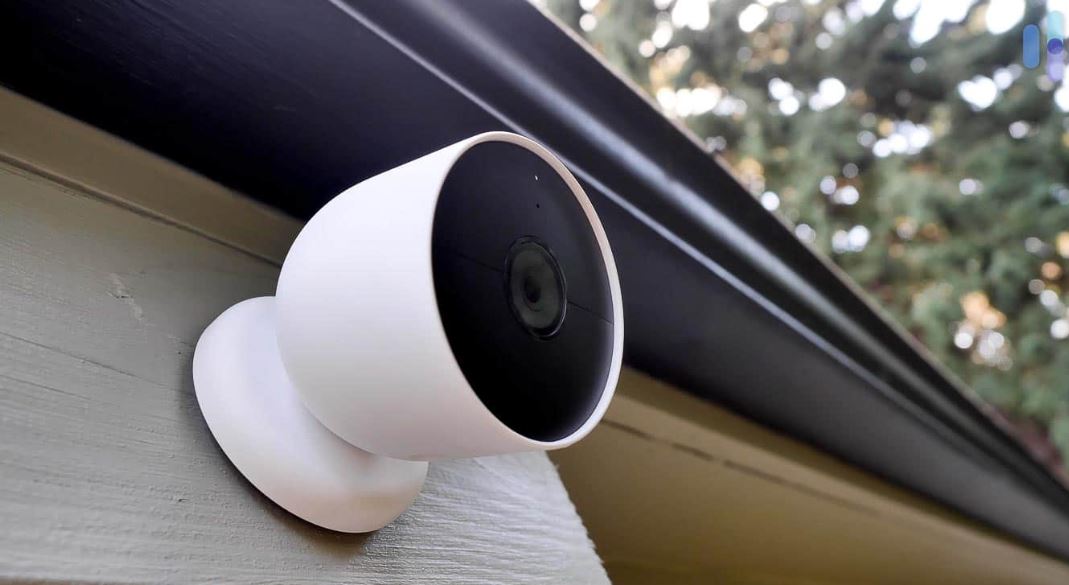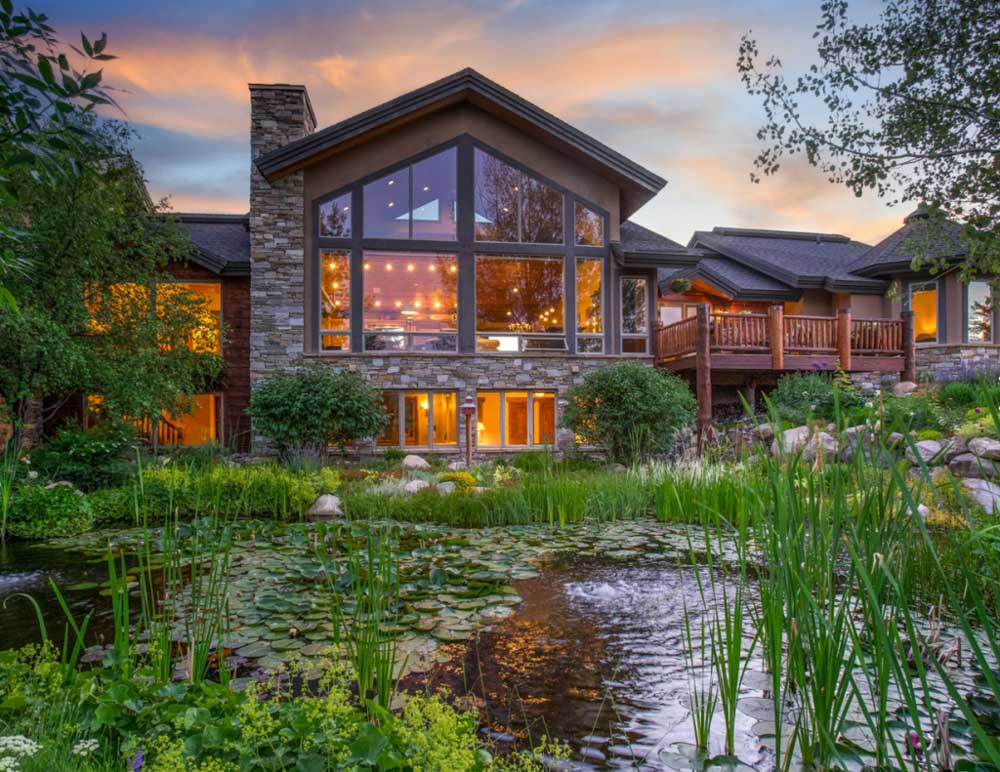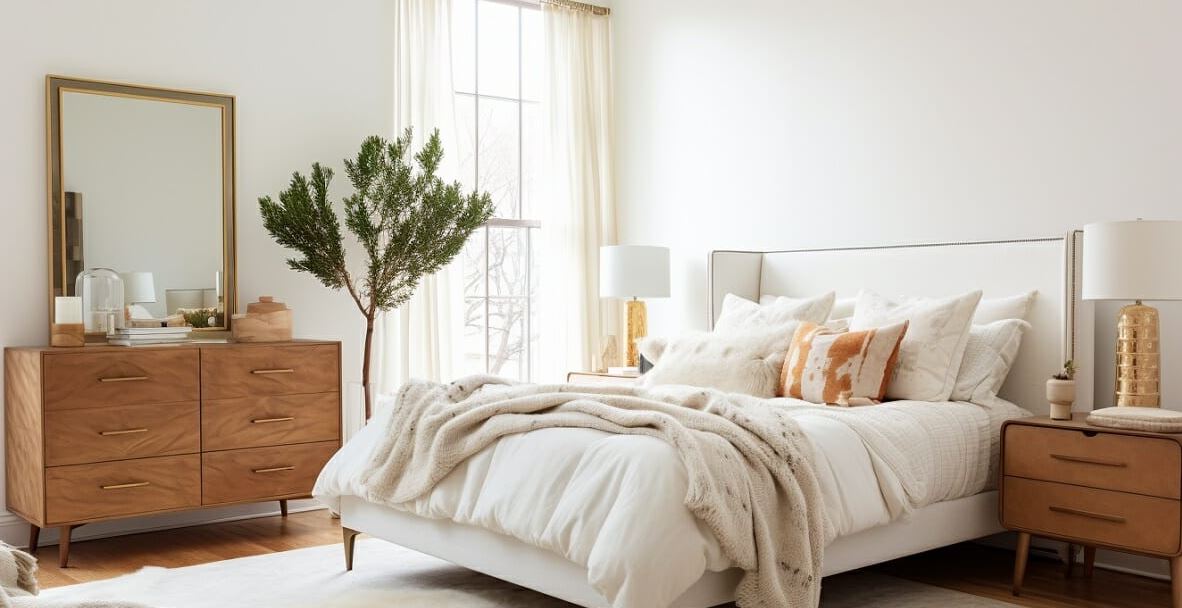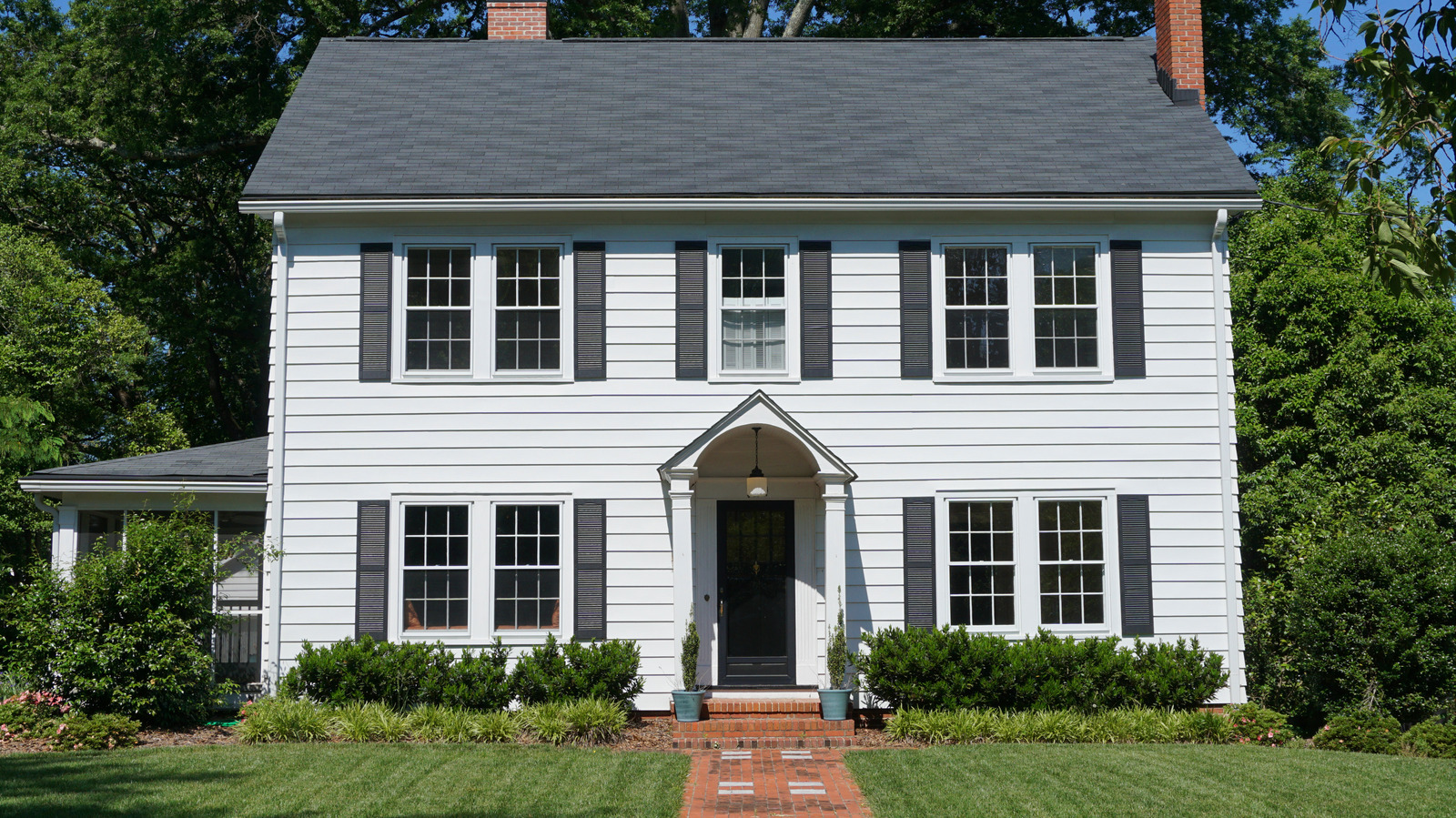Choosing the right exterior siding for your home is a critical decision that can significantly impact its aesthetic appeal, durability, and overall value. With a myriad of options available, it can be overwhelming to decide which material best suits your needs and preferences. This comprehensive guide explores various home exterior siding options, detailing their benefits, drawbacks, and ideal uses. Let’s dive in!
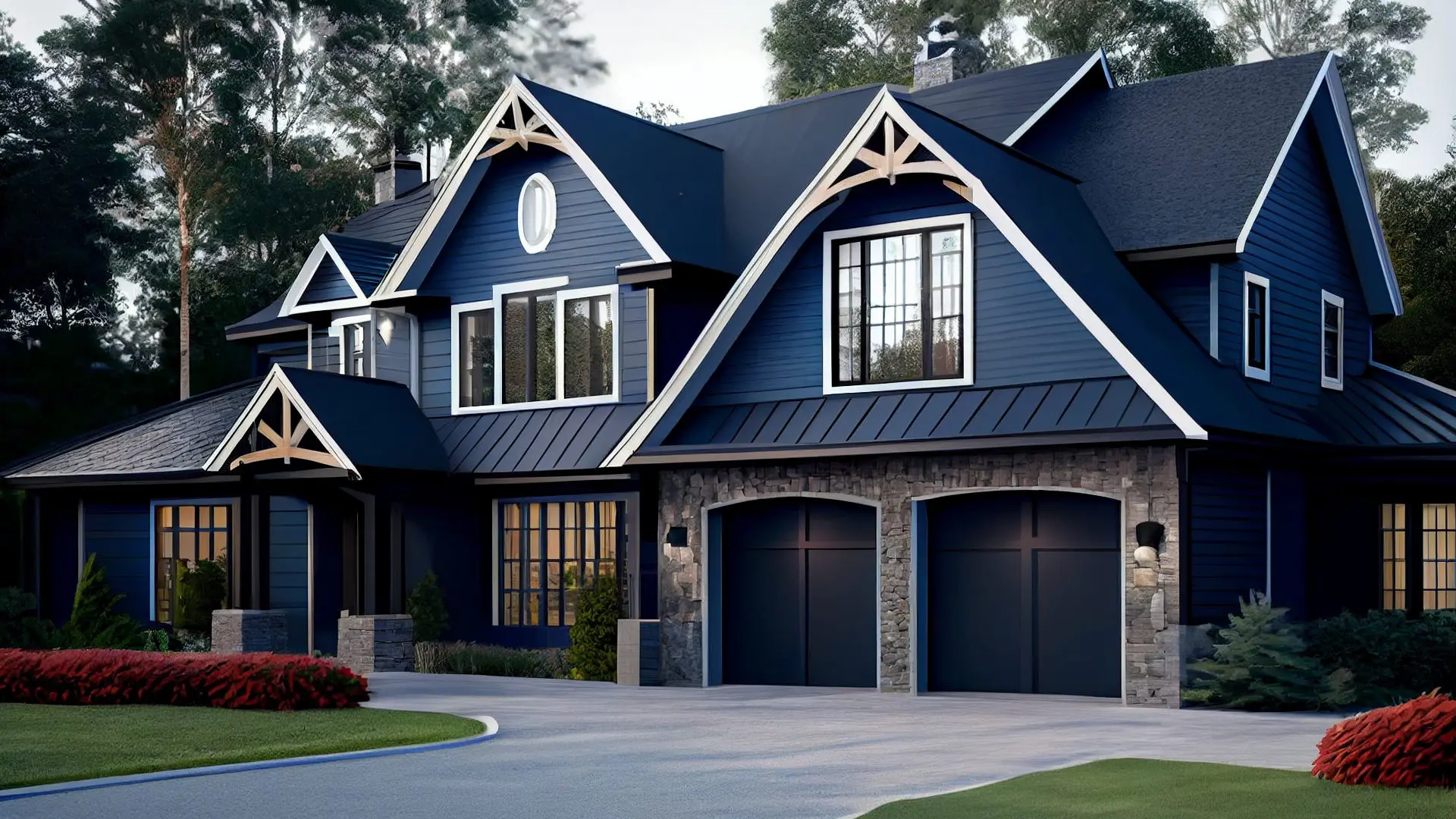
1. Vinyl Siding
Overview
Vinyl siding is one of the most popular and affordable choices for home exteriors. Made from polyvinyl chloride (PVC), this material is known for its versatility, ease of installation, and low maintenance requirements.
Benefits
- Cost-Effective: Vinyl siding is relatively inexpensive compared to other siding options.
- Low Maintenance: Requires minimal upkeep, usually just occasional cleaning with a garden hose.
- Durability: Resistant to moisture, rot, and pests.
- Variety: Available in numerous colors and styles, including options that mimic wood grain and other materials.
Drawbacks
- Susceptibility to Damage: Can crack or warp under extreme temperatures.
- Appearance: May look less high-end compared to natural materials like wood or stone.
- Environmental Concerns: Made from PVC, which is not biodegradable and can release harmful chemicals if burned.
Ideal Use
Vinyl siding is ideal for homeowners seeking an affordable, low-maintenance option with a wide range of design possibilities. It’s particularly well-suited for budget-conscious projects or homes in areas with moderate climates.
2. Wood Siding
Overview
Wood siding offers a timeless, classic appearance and is highly prized for its natural beauty. Common types include cedar, pine, spruce, and redwood.
Benefits
- Aesthetic Appeal: Provides a warm, natural look that is hard to replicate with synthetic materials.
- Customizable: Can be painted or stained in any color and easily modified to fit architectural details.
- Eco-Friendly: Biodegradable and renewable, especially if sourced from sustainable forests.
Drawbacks
- Maintenance: Requires regular painting or staining and protection against moisture and pests.
- Cost: Generally more expensive than vinyl or aluminum siding.
- Vulnerability: Prone to rot, insect damage, and warping if not properly maintained.
Ideal Use
Wood siding is perfect for homeowners who value natural beauty and are willing to invest time and resources into its maintenance. It’s especially popular in historic and high-end homes.
3. Fiber Cement Siding
Overview
Fiber cement siding is a composite material made from cement, sand, and cellulose fibers. It offers a durable and versatile alternative to wood and vinyl siding.
Benefits
- Durability: Highly resistant to fire, insects, and rot.
- Low Maintenance: Requires less upkeep compared to wood siding.
- Versatility: Can mimic the appearance of wood, stucco, or masonry.
- Longevity: Often comes with extended warranties, sometimes up to 50 years.
Drawbacks
- Cost: More expensive than vinyl but typically cheaper than natural wood or stone.
- Installation: Heavier and more challenging to install, often requiring professional help.
- Moisture Issues: If not properly installed, it can be susceptible to moisture-related problems.
Ideal Use
Fiber cement siding is ideal for homeowners seeking a durable, low-maintenance option that offers the look of natural materials without the associated upkeep. It’s particularly suitable for areas with harsh weather conditions.
4. Brick Siding
Overview
Brick siding is a traditional and highly durable option made from fired clay. It offers a classic and timeless appearance that can enhance the curb appeal of any home.
Benefits
- Durability: Can last for centuries with minimal maintenance.
- Low Maintenance: Resistant to fire, weather, and pests.
- Insulation: Provides good thermal mass, helping to regulate indoor temperatures.
- Aesthetic Appeal: Offers a classic, high-end look that can increase property value.
Drawbacks
- Cost: One of the more expensive siding options.
- Installation: Heavy and labor-intensive to install, often requiring professional masons.
- Color Limitations: Limited to the natural colors of the clay used.
Ideal Use
Brick siding is perfect for homeowners looking for a timeless, durable, and low-maintenance option. It’s especially popular in traditional and upscale neighborhoods.
5. Stucco Siding
Overview
Stucco siding is a plaster-like material made from cement, sand, and lime. It’s applied in multiple layers over a wooden or metal lath framework, creating a seamless and durable exterior.
Benefits
- Aesthetic Flexibility: Can be textured and colored to suit a variety of architectural styles.
- Durability: Resistant to fire and insects.
- Insulation: Provides good thermal and sound insulation.
- Low Maintenance: Requires occasional cleaning and repainting.
Drawbacks
- Cracking: Prone to cracking, especially in areas with significant temperature fluctuations.
- Moisture Sensitivity: Can be susceptible to moisture damage if not properly sealed.
- Labor-Intensive: Installation and repairs can be labor-intensive and costly.
Ideal Use
Stucco siding is ideal for homeowners in arid or mild climates who appreciate its unique texture and versatile aesthetic options. It’s particularly popular in Southwestern and Mediterranean-style homes.
6. Stone Veneer Siding
Overview
Stone veneer siding offers the appearance of natural stone at a fraction of the cost. It’s made from a mix of natural and synthetic materials, molded to resemble real stone.
Benefits
- Aesthetic Appeal: Provides a high-end, natural look.
- Lightweight: Easier and less expensive to install compared to natural stone.
- Durability: Resistant to weather and pests.
Drawbacks
- Cost: More expensive than vinyl and fiber cement siding.
- Installation: Requires skilled labor for proper installation to avoid moisture problems.
- Longevity: Generally not as long-lasting as natural stone.
Ideal Use
Stone veneer siding is perfect for homeowners who want the look of natural stone without the associated costs and weight. It’s suitable for accent walls, fireplaces, and exterior facades.
7. Aluminum Siding
Overview
Aluminum siding, a popular choice in the mid-20th century, is made from aluminum sheets and is valued for its durability and low maintenance.
Benefits
- Durability: Resistant to rust, fire, and pests.
- Low Maintenance: Requires minimal upkeep, usually just occasional cleaning.
- Energy Efficiency: Reflects heat, helping to keep homes cooler in hot climates.
- Recyclable: Environmentally friendly as it can be recycled.
Drawbacks
- Dents: Susceptible to dents and scratches.
- Noise: Can be noisy during heavy rain or hailstorms.
- Color Fading: The color can fade over time and may need repainting.
Ideal Use
Aluminum home exterior siding is ideal for homeowners seeking a durable, low-maintenance option, especially in coastal areas where salt air can cause other materials to deteriorate.
8. Engineered Wood Siding
Overview
Engineered wood siding is made from wood fibers and resin, offering the appearance of natural wood with enhanced durability.
Benefits
- Aesthetic Appeal: Mimics the look of natural wood.
- Durability: More resistant to moisture, insects, and rot than traditional wood.
- Cost-Effective: Generally less expensive than natural wood.
- Ease of Installation: Lighter and easier to install than natural wood or fiber cement.
Drawbacks
- Maintenance: Requires regular painting or sealing to maintain its appearance.
- Moisture Sensitivity: If not properly sealed, it can still be susceptible to moisture damage.
- Environmental Concerns: Made with synthetic materials, which may not be as eco-friendly as natural wood.
Ideal Use
Engineered wood siding is perfect for homeowners who want the look of wood without the associated maintenance and costs. It’s suitable for a wide range of architectural styles and climates.
9. Insulated Vinyl Siding
Overview
Insulated vinyl siding is similar to traditional vinyl siding but with an added layer of foam insulation. This enhances its energy efficiency and impact resistance.
Benefits
- Energy Efficiency: Provides better insulation, reducing heating and cooling costs.
- Durability: More impact-resistant than traditional vinyl siding.
- Low Maintenance: Easy to clean and requires minimal upkeep.
- Noise Reduction: Offers better sound insulation compared to non-insulated siding.
Drawbacks
- Cost: More expensive than traditional vinyl siding.
- Installation: Heavier and more challenging to install, often requiring professional help.
- Environmental Impact: Made from PVC, which has environmental concerns.
Ideal Use
Insulated home exterior vinyl siding is ideal for homeowners looking to improve their home’s energy efficiency and durability while still enjoying the benefits of vinyl siding. It’s particularly beneficial in regions with extreme temperatures.
10. Metal Siding (Steel and Aluminum)
Overview
Metal siding, including steel and aluminum, is known for its durability and sleek, modern appearance. It’s often used in contemporary and industrial-style homes.
Benefits
- Durability: Highly resistant to fire, rot, and pests.
- Low Maintenance: Requires minimal upkeep and is easy to clean.
- Aesthetic Versatility: Available in various colors and finishes.
- Recyclable: Environmentally friendly as it can be recycled at the end of its life.
Drawbacks
- Cost: Generally more expensive than vinyl and wood siding.
- Dents and Scratches: Susceptible to dents and scratches.
- Noise: Can be noisy during heavy rain or hailstorms.
Ideal Use
Metal siding is ideal for homeowners seeking a modern, durable, and low-maintenance option. It’s especially popular in contemporary and industrial-style homes and in areas prone to wildfires.
Conclusion
Choosing the right exterior siding for your home is a crucial decision that affects not only the appearance but also the durability, maintenance, and energy efficiency of your home. Each material has its unique benefits and drawbacks, making it essential to consider your specific needs, budget, and local climate when making a choice.
By understanding the various options available—vinyl, wood, fiber cement, brick, stucco, stone veneer, aluminum, engineered wood, insulated vinyl, and metal—you can make an informed decision that enhances the beauty, functionality, and value of your home.
- Musicallydown Apk Tiktok Downloader Tanpa Iklan & Watermark - December 21, 2025
- Eco-Friendly Home Decor - December 21, 2025
- Cross Posting: Definition, Benefits, Disadvantages & Important Tips - December 21, 2025



